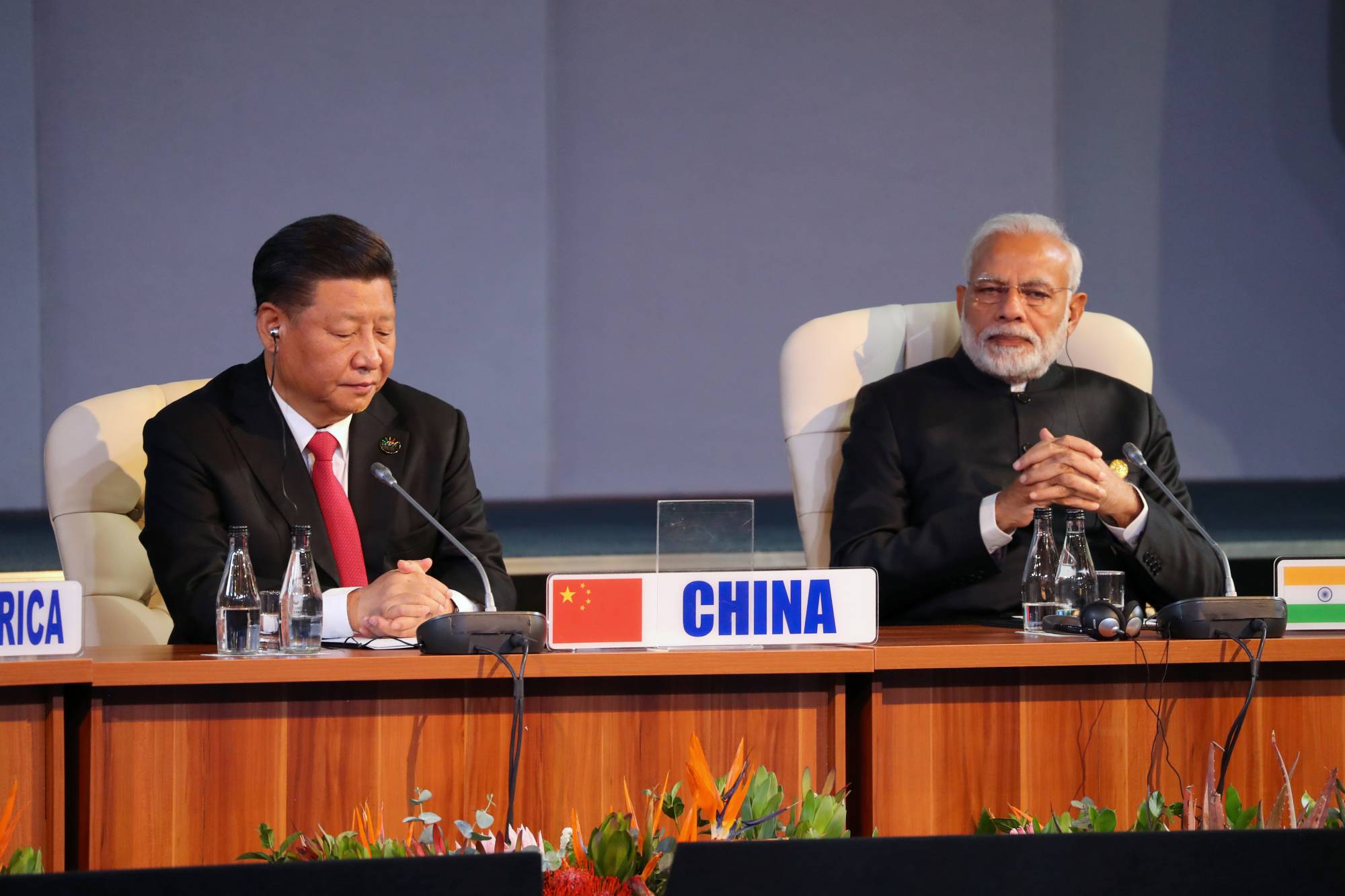If India only reforms when under pressure, then now should be a moment for big changes: Gross domestic product contracted nearly 24 percent in the second quarter, more than any other large economy; tens of millions have lost jobs in the formal and informal sectors; and the country is adding over 85,000 confirmed coronavirus cases each day. There’s an obvious place for the government to start, too: fixing India’s failed special economic zones (SEZs).
China, of course, pioneered the idea of testing politically difficult economic and legal reforms in a few such areas before rolling them out more widely. The experiment proved wildly successful. Shenzhen, one of the mainland’s first SEZs, grew from a population of 310,000 and a GDP of $160 million in 1981 to a population of 12.5 million, a GDP of $388 billion and per capita income in excess of $30,000 by 2019 — surely the fastest-ever increase in human prosperity.
The model is even more appealing in a messy democracy such as India, where vested interests and a risk-averse bureaucracy have stymied previous attempts at radical economic reforms. Not surprisingly, the country is home to 238 such zones.



